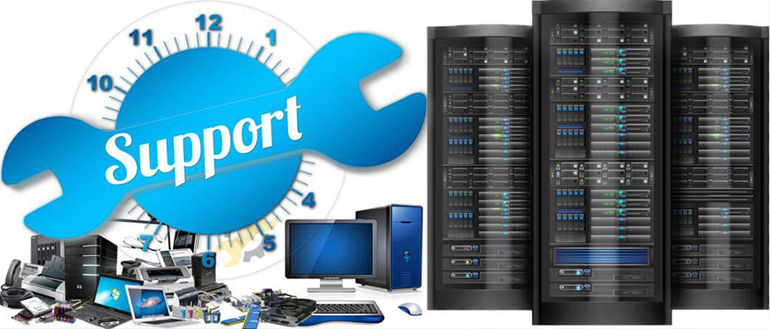Annual Maintenance Contract (AMC)

Annual Maintenance Contract (AMC)
Our professional maintenance and support services cater to the ongoing needs of organizations, providing timely assistance, issue resolution
Network maintenance and support services are essential for businesses and organizations to ensure the reliability, security, and performance of their network infrastructure. Outsourcing these services to specialized providers allows businesses to focus on their core operations while leveraging the expertise and experience of professionals in managing complex network environments.
Maintenance and support services refer to the activities and assistance provided to ensure the smooth operation, reliability, and continuous improvement of various systems, applications, and infrastructure within an organization. These services aim to address technical issues, perform preventive maintenance, and provide ongoing support to optimize performance and minimize disruptions. Here is an overview of maintenance and support services:
Network Monitoring
Continuous monitoring of the network infrastructure to detect and address any issues or abnormalities. This includes monitoring network traffic, performance metrics, device status, and security events.
Troubleshooting and Issue Resolution
Prompt identification and resolution of network issues, such as connectivity problems, configuration errors, hardware failures, or software glitches. Support technicians diagnose problems and implement solutions to minimize network downtime.
Network Upgrades and Patches
Regular updates and patches to network equipment, firmware, and software to ensure security, stability, and compatibility with the latest technologies. This includes upgrading routers, switches, firewalls, and other network devices.
Network Security
Implementing and maintaining robust security measures to protect the network from unauthorized access, data breaches, malware, and other cyber threats. This involves configuring firewalls, intrusion detection systems (IDS), virtual private networks (VPNs), and other security solutions.
Performance Optimization
Fine-tuning the network infrastructure for optimal performance by analyzing traffic patterns, bandwidth utilization, and network bottlenecks. This may involve adjusting network configurations, optimizing Quality of Service (QoS) settings, or upgrading hardware components.
Backup and Disaster Recovery
Implementing backup solutions to safeguard critical data and developing disaster recovery plans to minimize the impact of network outages or data loss. This includes regular data backups, off-site storage, and recovery procedures.
Network Documentation
Maintaining accurate and up-to-date documentation of the network infrastructure, including network diagrams, configurations, IP address assignments, and device inventories. This documentation helps in troubleshooting, planning upgrades, and managing network changes.
Proactive Maintenance
Conducting routine network health checks, performance analysis, and preventive maintenance tasks to identify potential issues before they become major problems. This may include equipment inspections, firmware updates, cable management, and capacity planning.
Help Desk Support
Providing end-user support for network-related issues, including network connectivity problems, VPN access, wireless connectivity, and other network-related inquiries. Help desk technicians assist users in troubleshooting and resolving network-related difficulties.
Vendor Management
Coordinating with network equipment vendors, internet service providers (ISPs), and other technology partners to address hardware warranties, licensing, service contracts, and obtaining technical support when needed.
Hardware Maintenance and Replacement
Maintenance services include regular inspection, network health checks, performance analysis, and preventive maintenance tasks to identify potential issues before they become major problems to ensure their proper functioning.
When necessary, support teams facilitate hardware replacements or upgrades to maintain reliable and efficient operations.
Documentation and Knowledge Base
Maintenance and support services involve maintaining comprehensive documentation, including system configurations, troubleshooting guides, and knowledge bases.
This documentation helps support staff resolve issues efficiently and serves as a resource for self-help or user guidance.
Service Level Agreements (SLAs) and Escalation Procedures
Maintenance and support services are often governed by SLAs that define response times, resolution targets, and escalation procedures.
SLAs ensure that the support services meet the organization's specific requirements and guarantee a timely and appropriate response to issues.
